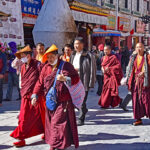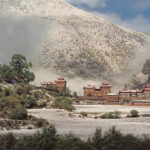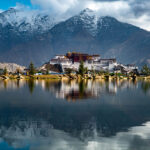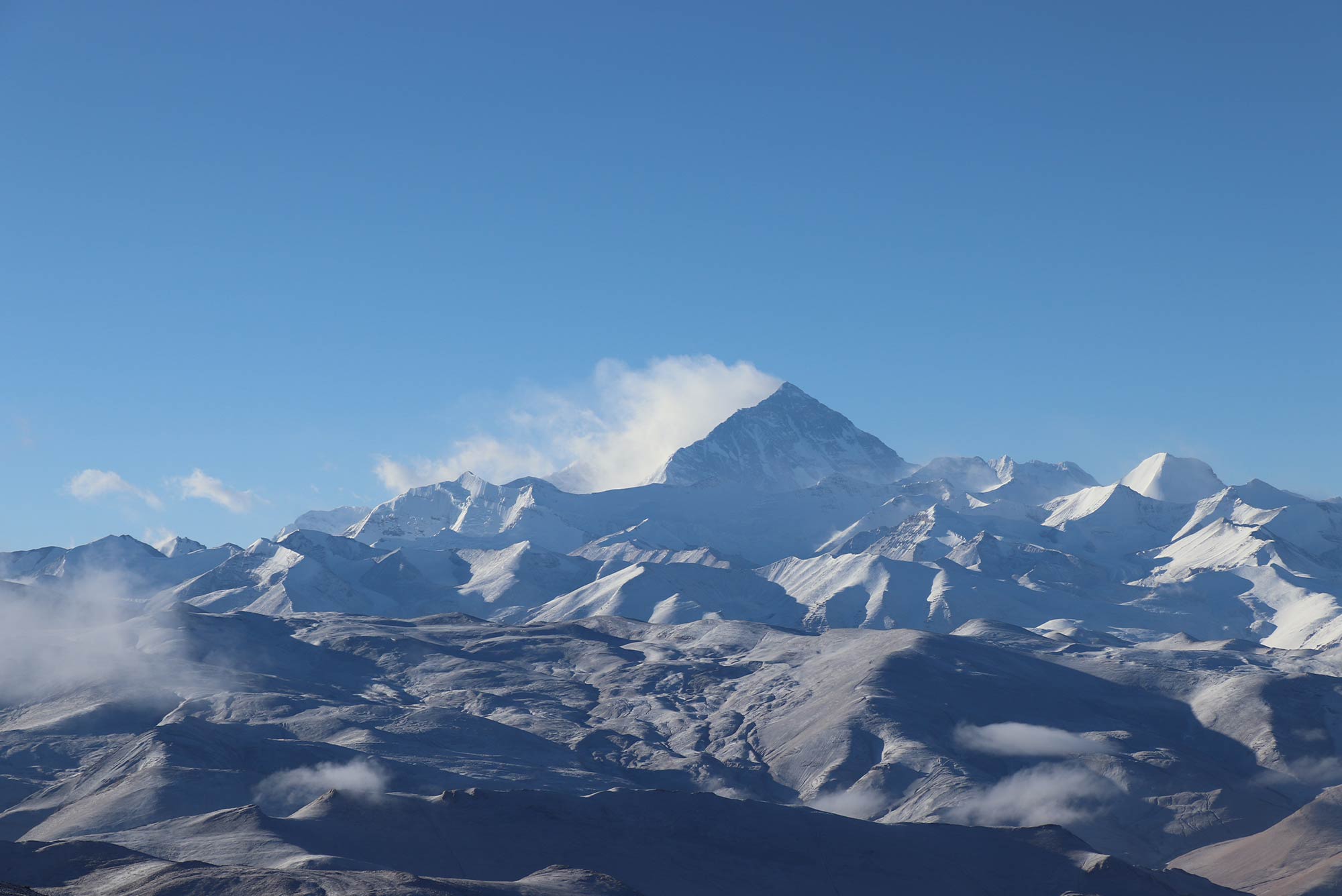The Friendship Highway, spanning over 830 kilometers, is a renowned overland route linking Lhasa, the capital of Tibet, to the Nepal border at the Sino-Nepal Friendship Bridge. This remarkable journey showcases the awe-inspiring beauty of the Tibetan Autonomous Region (TAR) and offers a profound cultural experience.
Travelers seeking adventure and exploration often choose this once-in-a-lifetime trip, allowing them to witness the mesmerizing landscapes, historical landmarks, and unique cultural heritage. This article is a comprehensive guide to this extraordinary overland odyssey, providing insights into the route, notable stops, acclimatization, cultural significance, and tips for an unforgettable journey.
History and Significance
The Friendship Highway, a segment of the Chinese National Highway 318, holds immense historical and economic significance. Initially built to facilitate trade and political relations between China and Nepal, it has evolved into a vital link for commerce and tourism. Over the years, it has gained popularity among travelers seeking to unravel the mysteries of the Tibetan plateau and witness the grandeur of the Himalayas.
Route and Stops
The journey commences in Lhasa, where travelers acclimatize to the high altitude and immerse themselves in the rich Tibetan culture. The route then unfolds through various destinations, including Gyantse, Shigatse, Everest Base Camp, Old Tingri, and finally reaching Kathmandu. Each leg of the journey offers a unique experience, from the turquoise waters of Yamdrok Lake to the breathtaking views of Mount Everest.
Acclimatization and Preparation
Due to the high elevations encountered on the Friendship Highway, acclimatization is crucial to ensure the well-being of travelers. Spending ample time in Lhasa before commencing the journey allows the body to adjust to the altitude, minimizing the risk of altitude sickness. Adequate preparation involves understanding the climate, physical fitness, and packing essential items for the trip.
Recommended Tour Itinerary
- Acclimatization and Preparation
Due to the high elevations encountered on the Friendship Highway, acclimatization is crucial to ensure the well-being of travelers. Spending ample time in Lhasa before commencing the journey allows the body to adjust to the altitude, minimizing the risk of altitude sickness. Adequate preparation involves understanding the climate, physical fitness, and packing essential items for the trip.
- Yamdrok Lake to Gyantse
Leaving Lhasa, the journey unfolds towards Gyantse, passing through the picturesque Yamdrok Lake. The turquoise waters set against the backdrop of majestic mountains create a stunning visual. Travelers can appreciate the beauty of this natural wonder and capture mesmerizing moments.
- Gyantse to Shigatse
From Gyantse, the route continues to Shigatse, Tibet’s second-largest city. Here, the Tashilhunpo Monastery, a seat of the Panchen Lama, is a prominent attraction. Travelers can explore the monastery’s grandeur and engage with local Tibetan traditions.
- Shigatse to Everest Base Camp
The journey from Shigatse to Everest Base Camp is a dream come true for adventure enthusiasts. The route offers breathtaking views of the Himalayas, with Everest standing tall. A visit to the Everest Base Camp allows travelers to get up close to the world’s highest peak.
- Everest Base Camp to Old Tingri
Traveling onwards from Everest Base Camp, the route takes travelers to Old Tingri. The region’s rugged terrain and serene landscapes make it an ideal stop for nature lovers. Hiking and exploring the surroundings are highly recommended.
- Old Tingri to Sino-Nepali Border
The final leg of the journey takes travelers from Old Tingri to the Sino-Nepali border. Along the way, there are cultural and natural attractions that make for memorable stops. The journey’s end near the Sino-Nepal Friendship Bridge marks the completion of an extraordinary adventure.
- Crossing the Border
Crossing from Tibet into Nepal involves specific procedures and considerations. Travelers must be aware of visa requirements, customs regulations, and immigration processes. Proper documentation and preparation are essential for a seamless border crossing.
- Arrival in Kathmandu
After crossing the border, travelers arrive in Kathmandu, Nepal’s vibrant capital. The city is a treasure trove of culture, history, and adventure. Exploring Kathmandu Valley, visiting ancient temples, and savoring Nepali cuisine are some of the highlights.
Tips for Travelers
For a successful Friendship Highway journey, travelers should heed practical advice, such as dressing in layers, staying hydrated, and respecting local customs. Additionally, it’s essential to have a reliable vehicle, a knowledgeable guide, and a well-planned itinerary.
Environmental and Cultural Responsibility
Preserving the pristine landscapes and rich culture along the Friendship Highway is paramount. Travelers are encouraged to practice responsible tourism by minimizing their environmental impact, respecting local traditions, and supporting local communities.
Conclusion
Embarking on the Friendship Highway journey is a life-changing experience that combines natural beauty, cultural immersion, and adventure. This overland odyssey offers travelers an opportunity to witness the magnificence of Tibet and the Himalayas. As you plan your journey, remember to prioritize acclimatization, immerse yourself in Tibetan culture, and explore the diverse stops along the way. The Friendship Highway beckons with open arms, ready to reveal its wonders to those willing to traverse its path.
FAQs (Frequently Asked Questions)
Is a permit required to travel on the Friendship Highway?
Yes, travelers to Tibet, including the Friendship Highway, require a Tibet Travel Permit, which is typically arranged by a local tour operator.
What is the best time to embark on the Friendship Highway journey?
The best time is during Tibet’s warmer months, from May to October, when the weather is more favorable for travel and sightseeing.
Are there accommodations available along the route?
Yes, there are various accommodations, ranging from guesthouses to hotels, in most towns along the Friendship Highway.
How can I ensure my safety at high altitudes?
Proper acclimatization is crucial. Spend a few days in Lhasa before ascending to higher altitudes, and stay hydrated throughout the journey.
What should I pack for the journey?
Pack warm clothing, comfortable hiking shoes, sunscreen, medications for altitude sickness, and essential travel documents, including your passport and permits.










